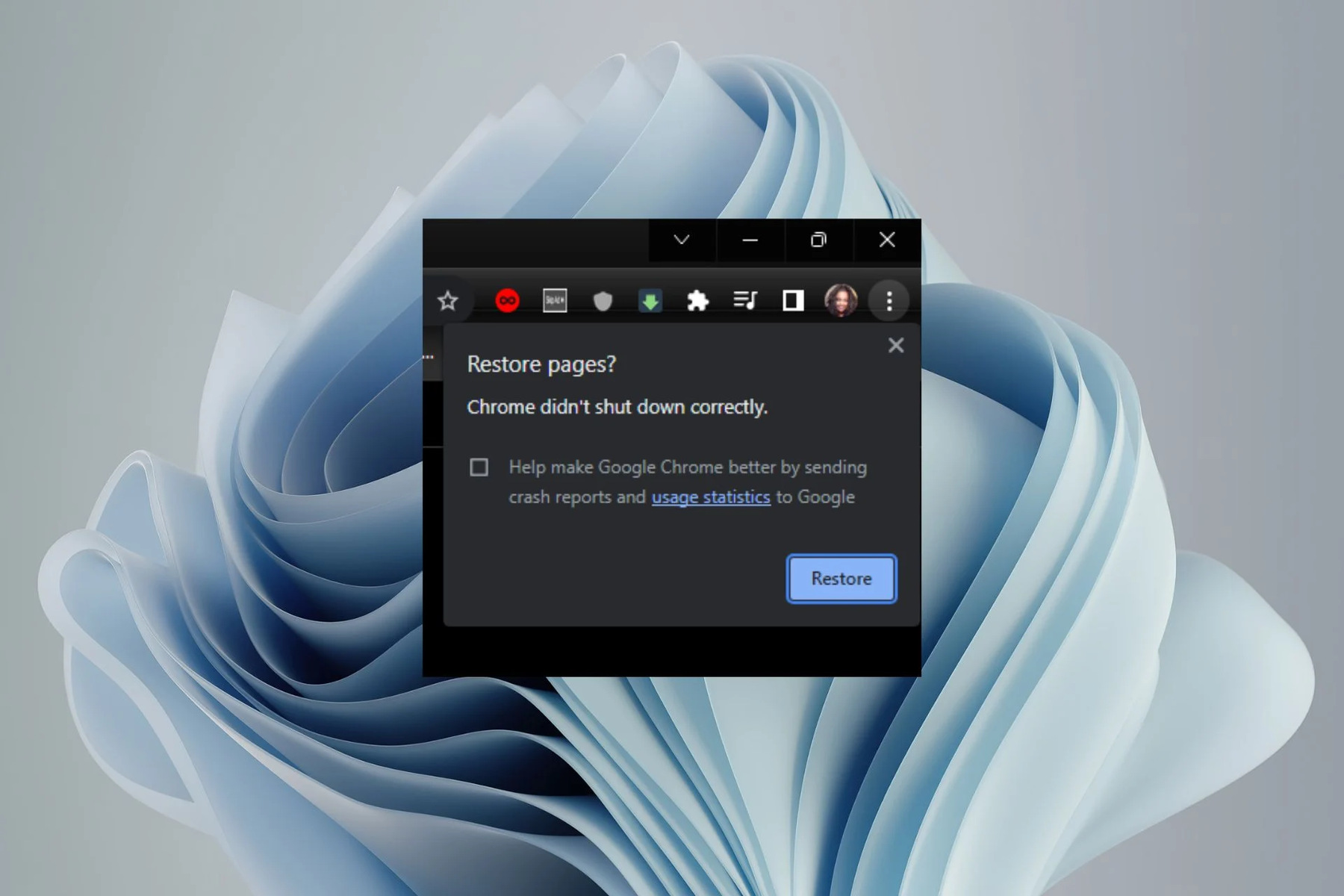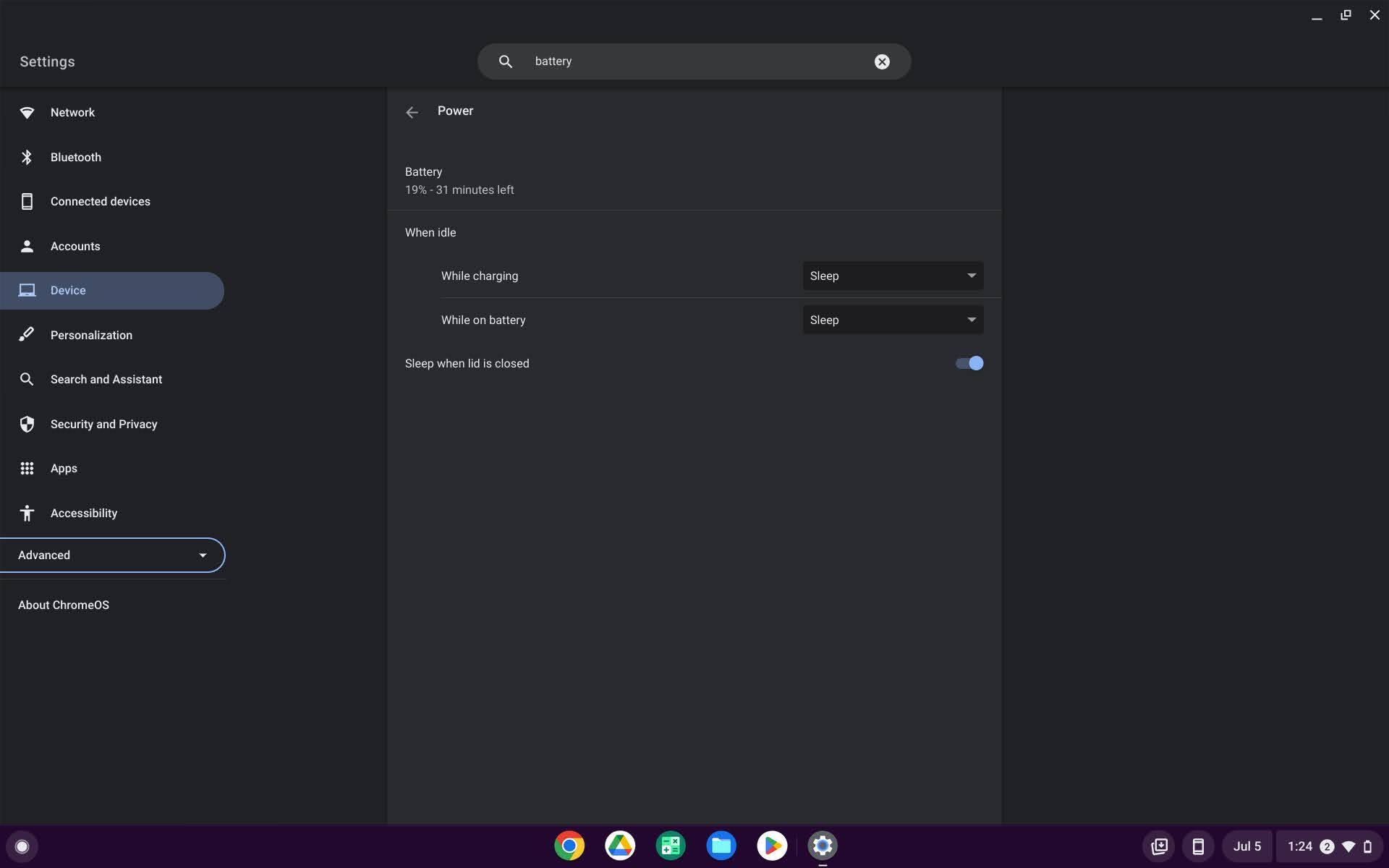Introduction
Shutting down Google Chrome can be necessary for various reasons, such as troubleshooting issues, conserving system resources, or simply closing the browser after a long browsing session. While it may seem straightforward, there are multiple methods to accomplish this task, each with its own advantages. In this article, we will explore three effective methods for shutting down Chrome, providing you with the knowledge and flexibility to choose the approach that best suits your needs.
Whether you're experiencing browser-related problems, seeking to free up memory and CPU usage, or looking for a quick and efficient way to close Chrome, the following methods will equip you with the necessary tools to achieve your goal. From using the Task Manager to navigating the Chrome menu or employing the command line, each method offers a unique approach to shutting down the browser, catering to different user preferences and technical proficiency.
By understanding these methods, you can gain a deeper insight into the inner workings of Chrome and become more adept at managing its processes. Additionally, being familiar with multiple shutdown techniques can prove invaluable in various scenarios, such as when the browser becomes unresponsive or when you need to quickly terminate all Chrome processes.
So, whether you're a casual user looking for a hassle-free way to close Chrome or a tech-savvy individual seeking to optimize browser performance, this article will guide you through the process of shutting down Google Chrome using different methods. Let's delve into the details of each approach and empower you with the knowledge to efficiently manage Chrome's operations.
Method 1: Using the Task Manager
When it comes to shutting down Google Chrome, using the Task Manager is a powerful and versatile method that provides granular control over the browser's processes. This approach is particularly useful in scenarios where Chrome becomes unresponsive or when you need to terminate specific tabs or extensions without closing the entire browser.
To access the Task Manager in Chrome, you can use the keyboard shortcut Shift + Esc or navigate to the Chrome menu (the three-dot icon in the top-right corner), select "More tools," and then click on "Task Manager." Upon opening the Task Manager, you will be presented with a list of all active processes associated with Chrome, including tabs, extensions, and plug-ins.
From the Task Manager, you have the ability to selectively end processes by clicking on the specific item and then clicking the "End process" button. This level of control allows you to troubleshoot individual tabs or extensions that may be causing issues, effectively resolving performance or stability issues without having to close the entire browser.
Furthermore, the Task Manager provides valuable insights into resource usage, displaying CPU, memory, and network utilization for each process. This information can be instrumental in identifying resource-intensive tabs or extensions, enabling you to optimize Chrome's performance by selectively terminating processes that are consuming excessive system resources.
In addition to its troubleshooting capabilities, the Task Manager offers a convenient way to shut down Chrome entirely. By selecting the "Browser" process from the Task Manager and clicking "End process," you can effectively close the entire browser, terminating all associated tabs and extensions in one swift action.
Overall, using the Task Manager to shut down Chrome provides a comprehensive and efficient approach to managing the browser's processes. Whether you need to troubleshoot specific tabs, optimize resource usage, or swiftly close the entire browser, the Task Manager empowers users with the flexibility and control to effectively manage Chrome's operations.
By mastering the Task Manager method, you can elevate your proficiency in handling Chrome-related issues and gain a deeper understanding of the browser's inner workings. This knowledge equips you with the tools to address performance challenges, streamline resource utilization, and efficiently shut down Chrome when needed.
Method 2: Using the Chrome Menu
Utilizing the Chrome menu to shut down the browser offers a straightforward and user-friendly approach that is easily accessible to all Chrome users. This method is particularly convenient for individuals who prefer a simple and intuitive way to close Chrome without delving into advanced technical processes.
To initiate the shutdown process using the Chrome menu, you can follow a few simple steps. First, locate the three-dot icon in the top-right corner of the Chrome window, which represents the Chrome menu. Upon clicking this icon, a dropdown menu will appear, presenting a range of options for managing the browser's settings and functions.
Within the Chrome menu, you will find the "Exit" or "Close window" option, depending on the specific version of Chrome you are using. By selecting this option, you can effectively initiate the shutdown process, prompting Chrome to close all active tabs and terminate the browser's processes.
One of the notable advantages of using the Chrome menu to shut down the browser is its accessibility and user-friendly nature. This method is well-suited for individuals who prefer a simple and direct approach to closing Chrome without the need for technical expertise or intricate procedures.
Furthermore, the Chrome menu provides a centralized location for accessing various browser functions, making it a familiar and convenient point of interaction for users. By integrating the shutdown option within the menu, Chrome ensures that users can easily locate and execute the process of closing the browser, contributing to a seamless and intuitive user experience.
In addition to its simplicity, using the Chrome menu to shut down the browser aligns with Chrome's emphasis on user accessibility and ease of use. By offering a prominent and easily accessible shutdown option within the menu, Chrome reinforces its commitment to providing a user-centric browsing experience, catering to the diverse needs and preferences of its user base.
Overall, the method of using the Chrome menu to shut down the browser embodies the user-friendly ethos of Chrome, offering a simple and intuitive approach to closing the browser. Whether you're a casual user seeking a hassle-free way to end your browsing session or someone who values straightforward and accessible browser functions, the Chrome menu method provides a convenient and effective way to shut down Google Chrome.
Method 3: Using the Command Line
Using the command line to shut down Google Chrome offers a powerful and efficient method that caters to users with a penchant for technical proficiency and a preference for streamlined, text-based interactions. This approach provides a direct and precise way to terminate Chrome's processes, offering a level of control and flexibility that is well-suited for individuals familiar with command-line operations.
To initiate the shutdown process using the command line, users can leverage the built-in functionality of their operating system's command-line interface, such as Command Prompt in Windows or Terminal in macOS. By accessing the command-line interface, users can employ specific commands to interact with Chrome's processes and initiate the shutdown sequence.
One of the primary commands used to shut down Chrome via the command line is the taskkill command in Windows and the killall command in macOS. These commands enable users to terminate Chrome's processes by specifying the appropriate parameters, effectively closing the browser and freeing up system resources.
In Windows, users can utilize the taskkill command followed by the /IM (image name) parameter to specify the process to be terminated, which, in this case, is chrome.exe. By executing this command in the command-line interface, users can promptly shut down Chrome, ensuring that all associated processes are terminated in a controlled manner.
Similarly, in macOS, the killall command can be employed to shut down Chrome by specifying the Chrome process as the target. By executing the killall command with the appropriate parameters in the Terminal, users can effectively initiate the shutdown process, terminating all Chrome-related processes and closing the browser seamlessly.
The method of using the command line to shut down Chrome aligns with the preferences of users who are adept at command-line operations and seek a direct and efficient approach to managing processes. By leveraging the command-line interface, users can exercise precise control over Chrome's shutdown process, leveraging the inherent capabilities of the operating system to streamline the browser's termination.
Overall, employing the command line to shut down Google Chrome provides a robust and technical method that empowers users with the ability to execute precise and controlled shutdown sequences. Whether you're well-versed in command-line operations or seeking a streamlined approach to managing Chrome's processes, the command-line method offers a powerful and efficient way to shut down the browser, catering to users with a penchant for technical proficiency and precise control.
Conclusion
In conclusion, the process of shutting down Google Chrome encompasses a diverse range of methods, each offering unique advantages and catering to different user preferences and technical proficiencies. By exploring the three methods—using the Task Manager, leveraging the Chrome menu, and employing the command line—users can gain a comprehensive understanding of the various approaches to closing the browser and managing its processes.
The Task Manager method stands out as a versatile and powerful approach, providing granular control over Chrome's processes and offering valuable insights into resource utilization. Whether troubleshooting specific tabs or optimizing resource usage, the Task Manager empowers users with the flexibility to address performance challenges and efficiently shut down Chrome when needed.
On the other hand, the Chrome menu method offers a user-friendly and intuitive approach to closing the browser, aligning with Chrome's emphasis on accessibility and ease of use. This method caters to individuals seeking a simple and straightforward way to end their browsing sessions, contributing to a seamless and intuitive user experience within the Chrome browser.
Furthermore, the command-line method presents a technical and efficient approach, appealing to users with a penchant for precise control and streamlined interactions. By leveraging the inherent capabilities of the operating system's command-line interface, users can execute controlled shutdown sequences, aligning with the preferences of individuals familiar with command-line operations.
By understanding and mastering these methods, users can elevate their proficiency in managing Chrome-related processes, troubleshooting issues, and optimizing resource utilization. Whether seeking to address browser-related problems, conserve system resources, or swiftly close the entire browser, the knowledge of these methods equips users with the tools to efficiently manage Chrome's operations.
In essence, the diverse range of methods for shutting down Google Chrome reflects the browser's commitment to providing users with flexible and accessible options for managing their browsing experiences. Whether through granular control, user-friendly interactions, or technical precision, each method contributes to a holistic approach to browser management, empowering users to navigate and optimize their Chrome usage effectively.

























